The Moon is the nearest celestial body to us. Therefore, anyone can try to view different objects on it. However, it is not so easy to sort out a lot of spots on the surface of our natural moon. This is a story about what interesting things can be seen during the full moon.
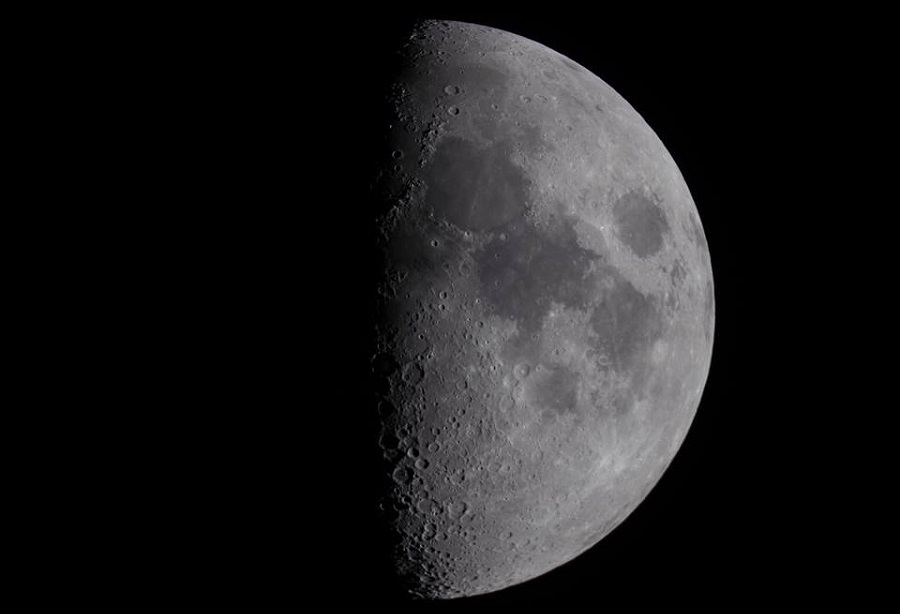
Moon seas
When we observe the Moon, the first thing that catches our eye is the light and dark areas of its surface. Traditionally, the former are called lunar mainlands, and the latter are called lunar seas. That’s how they were called back in the days when people didn’t know anything about this celestial body. And when scientists found that there was no water in the lunar seas, and it was just plain covered with dark basalt, they did not change the name.
Lunar seas occupy only 16% of the surface of our moon. But most of them are concentrated on its visible side, which is why it seems that they account for almost half of its surface. The largest “marine” area occupies almost the entire western half of the visible hemisphere and is called the Oceanus Procellarum. To the west of it there is a large round spot — Mare Imbrium.
To the south of the Mare Imbrium there is another large, cratered Mare Insularum. Further south are three small dark plains that almost merge with each other: Mare Cognitum, Mare Humorum and Mare Nubium.
There are also many seas in the western hemisphere of the Moon. Directly east of the Mare Imbrium is the Mare Serenitatis, which is clearly visible. To the south of it there is a Mare Vaporum, and to the east there are Mare Tranquillitatis and Mare Fecunditatis. Mare Crisium is also very noticeable. It is located separately to the northeast of all listed.
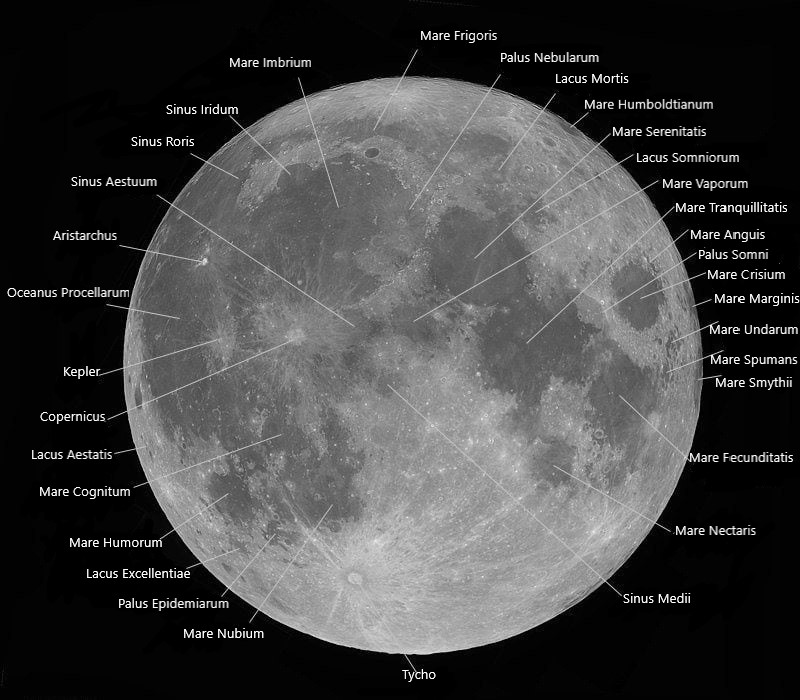
In addition, on the visible side of our moon there are seven smaller seas and areas of “marine” type plains, which are called bays, lakes and swamps, although there is not a drop of water in them. Most of the “water” objects on the surface of the Moon are named after certain general concepts. The exceptions are the Mare Humboldtianum and Mare Smythii, named after scientists of the XIX century.
But on the invisible side of the moon there are only two small seas and three lakes. People first learned about them in 1959, after the flight of the Luna-3 spacecraft. They are called Mare Ingenii and Mare Moscoviense.
What are lunar craters?
The most recognizable detail of the lunar relief are craters. The word “crateris” means “cup” in Latin. These giant circular structures really resemble giant cups. They are formed when meteorites and asteroids collide with the Moon.
Usually a crater consists of a circular depression and a wall around it. Also, large craters may have a central slide and a halo of emissions around, which looks like light rays radiating from the sides of the impact structure.
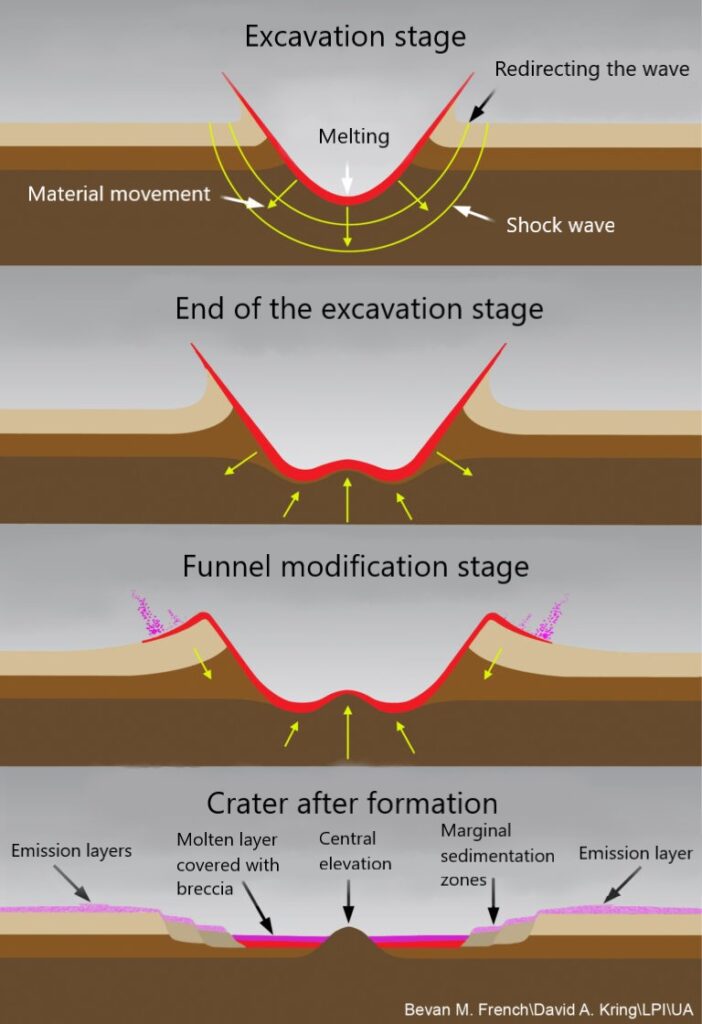
The total number of craters on the Moon’s surface is very large. Only in a structure with a diameter of more than 20 km there are more than five thousand. And the number of objects with a diameter of more than a kilometer generally exceeds a million.
Traditionally, lunar craters are named after scientists. Astronomers and physicists predominate among them, but others also “get” a little bit. The largest of the craters is named after the Danish astronomer Ejnar Hertzsprung. The diameter of the formation is 570 km, but it is not visible from Earth because it is located on the far side of the Moon.
Unlike the seas, most of the large craters are concentrated on the far side of our moon. In particular, out of 11 structures with a diameter of more than 300 km, ten are located there.
And only the crater of Bailly, measuring 301 km, is located on the edge of the visible side. It is named after the French astronomer and politician Jean Bailly, famous for serving as mayor of Paris during the French Revolution, but then was executed.
Craters that can be seen on the Moon
Despite its large size, it is not easy to see the Bailly crater on the Moon. It is quite badly destroyed and is located in a very inconvenient place for observation. It can be found on the western edge of the lunar disk near the south pole.
The Clavius crater, with a diameter of 230 km, is better visible. It was named after the German mathematician and astronomer, a member of the Jesuit Order Christopher Clavius. It is also located in the Southern Hemisphere, but closer to the center of the lunar disk.
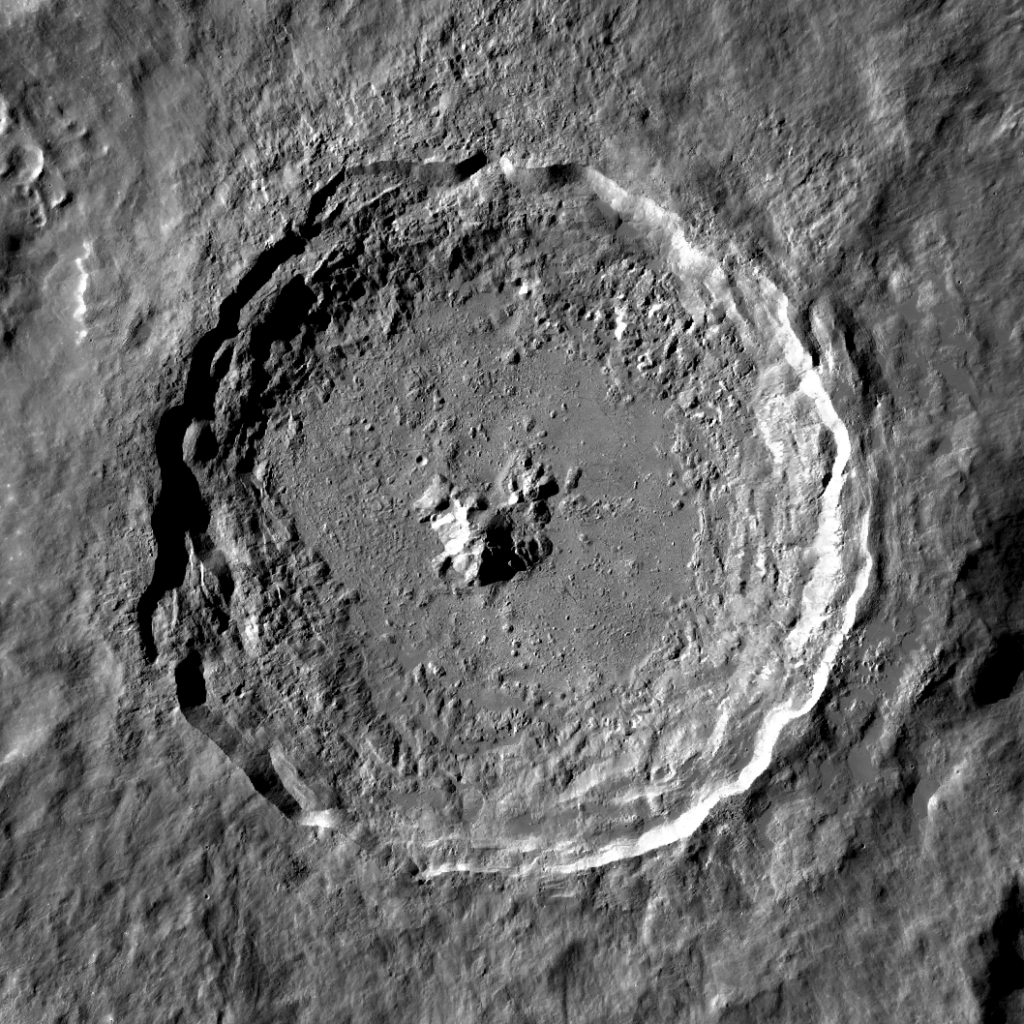
But the third largest crater on the visible side of the Moon is very difficult to see, although its diameter is 227 km and it is located in the temperate latitudes of the Southern Hemisphere. The reason is that it is very ancient and badly destroyed. This detail of the lunar relief was named in honor of Henri Deslandres, a French astronomer of the early XX century, who was engaged in spectroscopy and provided for the activity of the Sun in the radio range.
Two more craters on the visible side of our moon with diameters of more than 200 km are called Schickard and Janssen. But the conditions of their observation also cannot be called successful. It is much better to observe not so large, but young and bright formations from the Earth. So, in the Southern Hemisphere there is a Tycho crater. Despite the fact that its size is only 85 km, it is surrounded by the largest system of light emissions on the Moon. The bright rays from it stretch for hundreds of kilometers.
The Copernicus crater is also very noticeable. It is located in the Northern Hemisphere of the Moon on the edge of the Oceanus Procellarum. Its emissions are not as large as Tycho’s. But due to the fact that it is on a more contrasting dark surface, we immediately pay attention to it.
Is it possible to see mountains on the Moon?
In addition to seas and craters, there are also mountains on the Moon. They are very similar to terrestrial ones, so they are named after them, although there are exceptions here. The longest lunar mountain system is the Cordillera, named after the largest mountain system on Earth, stretching across South America.
The lunar Cordillera are not so large, but their length is 956 km. However, from the Earth we can only see the eastern part of these mountains. They are located in the southwest of the lunar disk. In fact, this system is a ring surrounding the eastern sea. Between the sea and the Cordillera is another ridge — the Montes Rook, the second longest on the Moon.
But the lunar Montes Apenninus is visible from Earth very well. This is exactly the light triangle that bounds the Mare Imbrium from the southwest. Their length is 600 km, that is, more than the distance from Kyiv to Lviv. They are named after the mountain system that stretches along the peninsula where Italy is located.
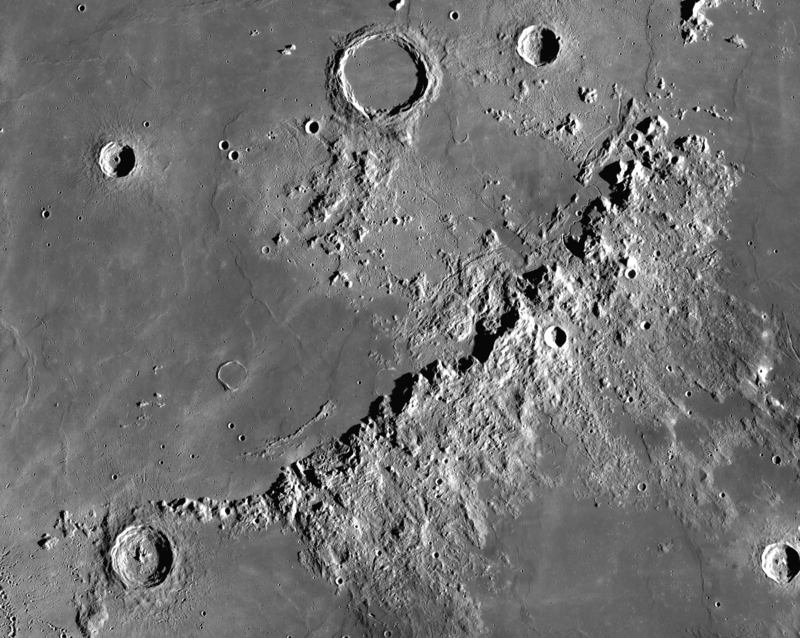
In the north of the lunar Apennines is the Caucasus. The length of these mountains is about 500 km, but their height reaches almost 6 km. The Moon has its own Carpathians, Alps and Pyrenees, as well as the Jura Mountains. They have nothing to do with St. George and are named after a mountain range in Switzerland. By the way, it gave the name to the Jurassic period in the history of the Earth, when dinosaurs lived on it.
How to observe the Moon
Of course, in order to see all this, it is necessary to observe our moon on a clear night. It is clear that this cannot be done in the new moon phase. The ideal time is logically the full moon, which occurs once every 29 days. Then you can consider the maximum number of relief details.
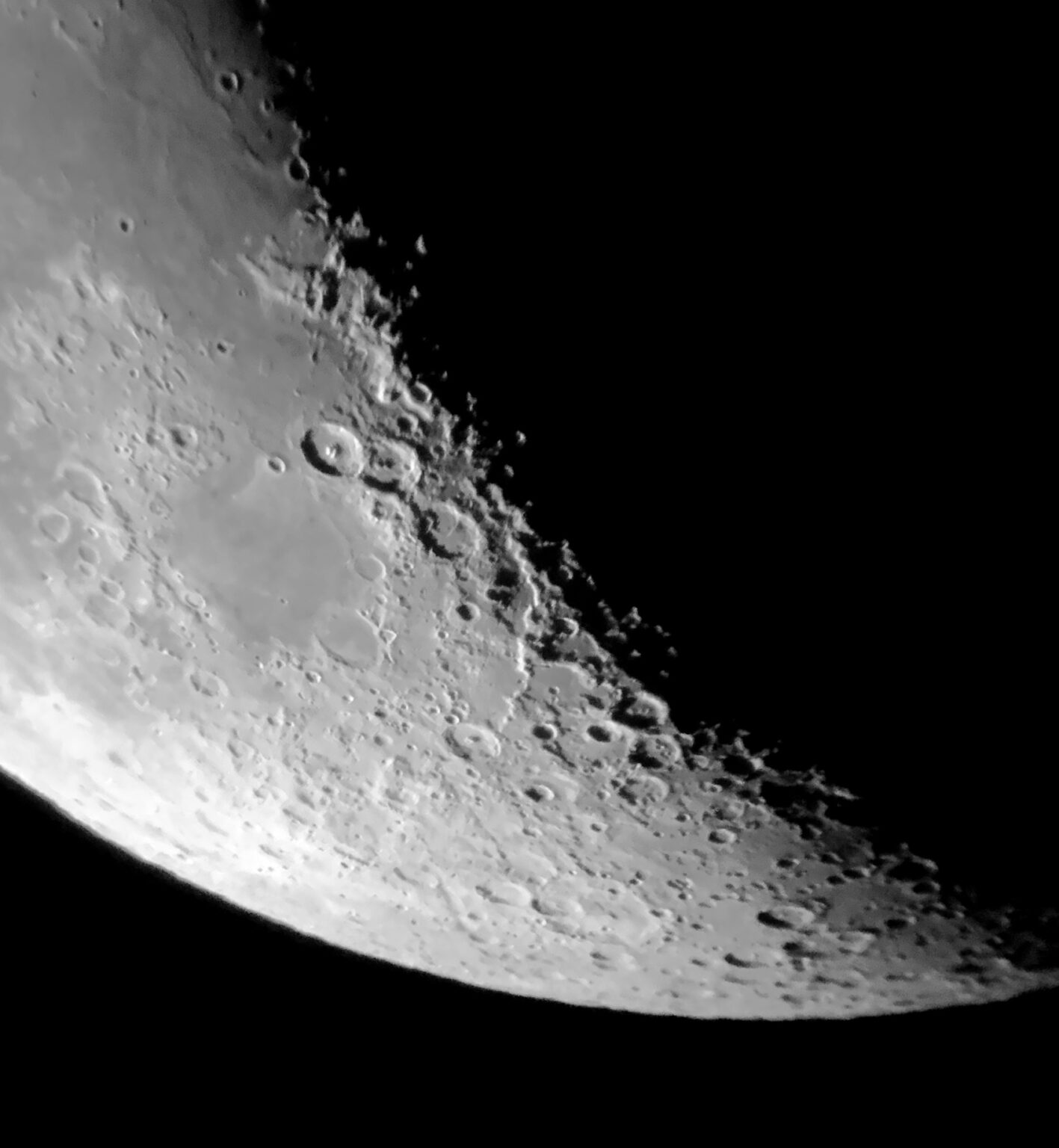
But the situation when the Moon grows or, conversely, decreases, also has its advantages. Because a terminator passes through the objects on its surface. And there is a situation when one side of them is well lit, and the other is shaded. In such conditions, it is possible to see the outlines of mountains and craters well.
In any case, people who want to see something on the Moon should hand themselves a map of it. Many interesting things can be seen with the naked eye, but even binoculars or a small telescope can significantly expand the list of details that can be viewed.
Follow us on Twitter to get the most interesting space news in time
https://twitter.com/ust_magazine

